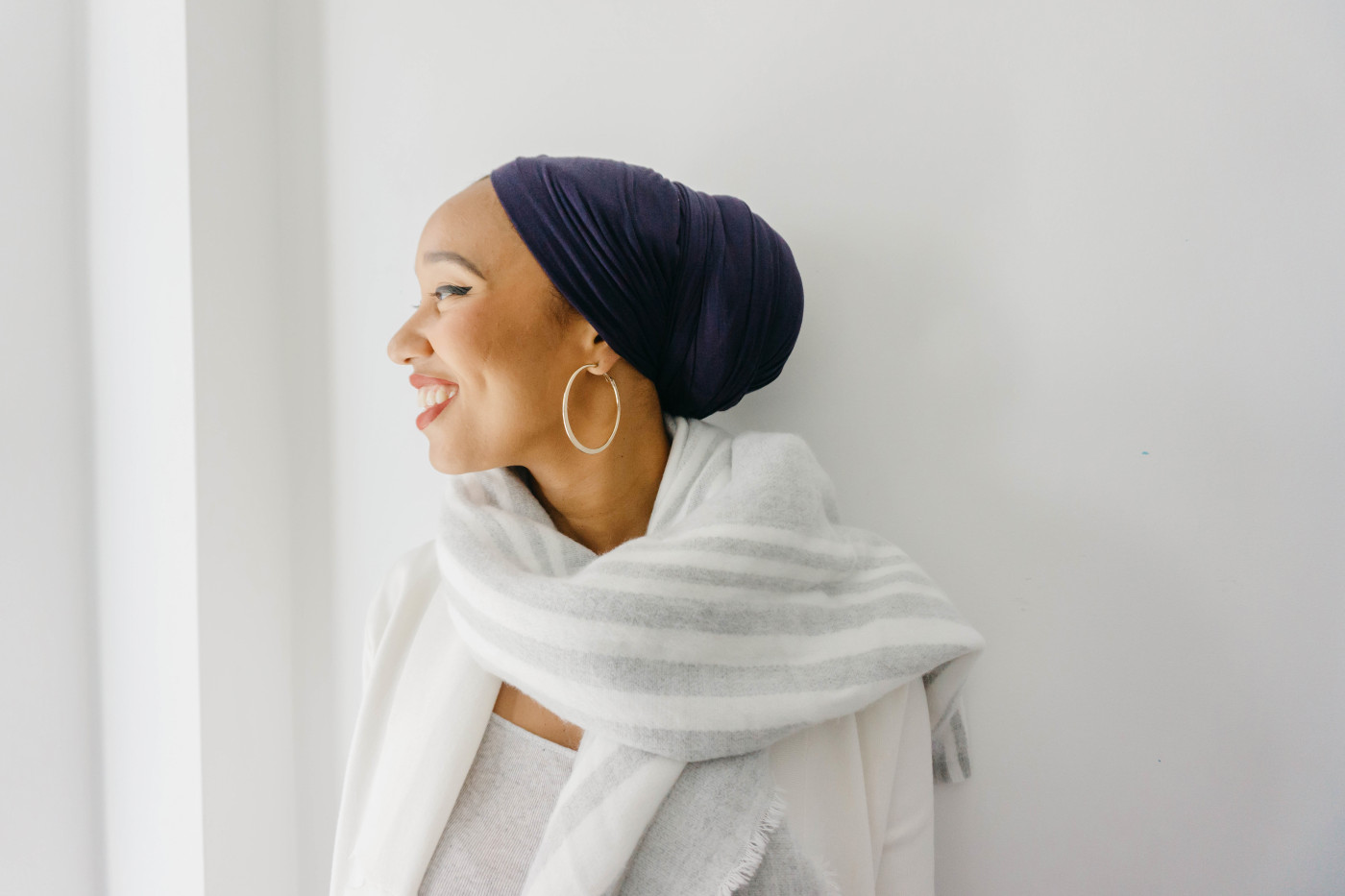Inclusive Beauty

Two years ago, Rihanna launched Fenty Beauty and gave rise to a long‑growing movement for inclusive beauty – an expectation by individuals of all backgrounds, body types, skin tones, ages, and self‑identity to see and be seen. Now in 2019, the visual iconography used as shorthand for aesthetic ‘ideals’ of beauty, desire, well‑being and perfection continue to be upended. From the introduction of brown ballet shoes – made for the first time 200 years after their pink counterparts to accommodate dancers of color – to the recent push for gender‑neutral beauty products and fashion lines, the way we demand to see our true, multi‑dimensional selves reflected on stages, catwalks, screens, magazines and in product marketing is changing.
Millennial‑fronted skincare & beauty brand Glossier recently announced their newest line of products under the brand moniker Glossier Play. The ad campaign surrounding the release features gender nonconforming people modeling the glittery makeup. Beauty brands are notably turning to more gender‑fluid representation in their advertisements. Beauty Youtuber James Charles recently became the first male Covergirl ambassador and released his own eyeshadow palette with Morphe Cosmetics.
Makeup products designed specifically for men are also on the rise – brow and beard shadow and fillers are now sold in beauty retail stores like Sephora and Ulta. This acceptance of gender nonconforming products is an indicator of society’s view on beauty. Makeup is a part of our everyday lives. The choices we make with our makeup are synonymous with how we choose to present ourselves to the world.
Millennial‑fronted skincare & beauty brand Glossier recently announced their newest line of products under the brand moniker Glossier Play. The ad campaign surrounding the release features gender nonconforming people modeling the glittery makeup. Beauty brands are notably turning to more gender‑fluid representation in their advertisements. Beauty Youtuber James Charles recently became the first male Covergirl ambassador and released his own eyeshadow palette with Morphe Cosmetics.
Makeup products designed specifically for men are also on the rise – brow and beard shadow and fillers are now sold in beauty retail stores like Sephora and Ulta. This acceptance of gender nonconforming products is an indicator of society’s view on beauty. Makeup is a part of our everyday lives. The choices we make with our makeup are synonymous with how we choose to present ourselves to the world.


